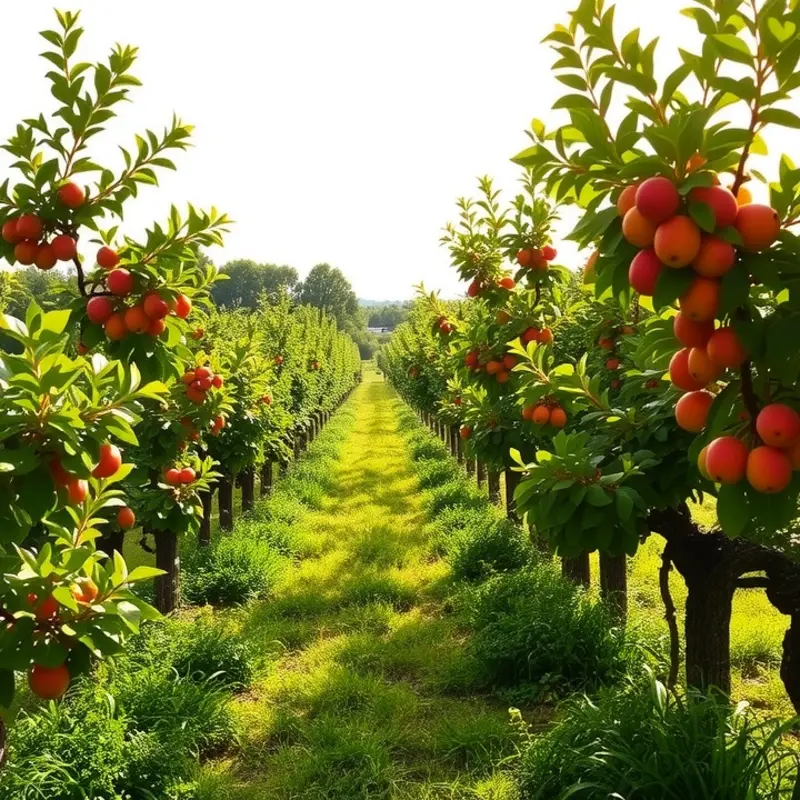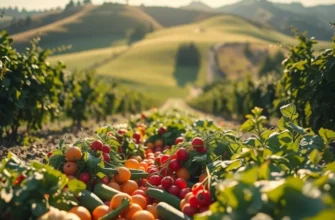Sauces are the soul of many dishes, adding richness, flavor, and depth. Perfecting your stirring technique can elevate any sauce from good to incredible. Whether you’re a beginner or a seasoned home cook, mastering these techniques will improve your culinary creations. This guide provides practical tips to help you stir sauces with ease, ensuring a delightful dining experience every time.
The Basics of Stirring: Techniques to Know

Understanding the fundamental techniques of stirring is key to achieving the perfect sauce consistency. Different sauces require different approaches, from gentle stirring for delicate sauces to vigorous mixing for thicker concoctions. This chapter explores essential stirring techniques, highlighting what tools to use, how to maintain proper heat, and the importance of ingredient integration.
To begin, selecting the right tool is crucial. For delicate sauces, a wooden spoon or silicone spatula is ideal. These tools allow gentle, precise movement, preventing the disruption of fragile emulsions. Meanwhile, for thicker sauces, a whisk is indispensable, offering the necessary control and blending action for thorough ingredient integration.
Next, consider the heat. Maintaining an appropriate temperature is vital for preserving the sauce’s texture. For instance, a béchamel sauce demands consistent low to medium heat. This ensures the milk doesn’t scald and the roux doesn’t clump. On the contrary, when stirring a robust tomato sauce, higher heat can be used for quick reduction, provided you stir continuously to prevent burning.
Stirring techniques also vary. For an emulsion like hollandaise, opt for a figure-eight motion. This keeps the mixture moving without over-agitating it. Thicker sauces like gravy benefit from a circular whisking motion. It ensures even thickening throughout the pan.
Timing your stirring is a subtle but important skill. Constant stirring is often necessary for sauces that easily separate. Conversely, allowing breaks between stirring periods can benefit thick sauces, enabling them to naturally thicken.
The key to masterful sauce preparation is ingredient integration. As each component is added, gradually incorporate it while stirring. This method ensures homogeneity and prevents ingredients from clumping.
To further refine these techniques, consider experimenting with gentle stirring and vigorous blending. This experimentation aligns with easy sauce simmering tips, which can enhance your understanding of how different stirring techniques alter sauce outcomes. By mastering these techniques, you’ll elevate both your sauces and overall culinary skills.
Advanced Stirring Techniques: Achieving Perfect Consistency

Once you’ve mastered the basics of stirring, elevating your sauce-making skills requires attention to some critical elements: timing, temperature, and tools. These factors work in harmony to achieve perfect consistency—a hallmark of professionally crafted sauces.
Timing is crucial. Overstirring can lead to sauces becoming too thick or breaking apart, especially with delicate emulsions. Understirring, on the other hand, might leave ingredients improperly integrated. Begin stirring gently and adjust speed as the sauce thickens, paying attention to viscosity changes.
Temperature control ensures your sauce doesn’t break or burn. A sauce left too long over high heat can separate or develop a scorched taste, both of which compromise flavor integrity. Use a medium heat setting to allow for even cooking, and consider removing the pan from heat while finishing stirring. This prevents unwanted thickening as the sauce cools slightly, allowing flavors to meld seamlessly.
Tools are your best allies. A whisk is indispensable for sauces needing emulsification. It helps blend oils and liquids into a smooth, cohesive mixture without added stress to your wrist. For creamy sauces, folding techniques are invaluable. Instead of harsh whisking, use a gentle folding motion with a silicone spatula to incorporate ingredients like cheese or cream, preserving the sauce’s airy texture.
Stickiness is another common challenge. Sauces with high sugar or starch content are prone to sticking and burning at the bottom of the pan. By frequently stirring and gently scraping the pan with a flat-edged wooden spoon, you reduce these issues. Opt for non-stick cookware if available, as it can significantly lessen the risks linked with these problems.
Another advanced technique involves stirring specifically to integrate flavor enhancers without altering consistency. Explore culinary influences from different cultures to identify new spices or herbs that complement your sauce, adding depth without redundancy.
Incorporating these advanced techniques will not only enhance the flavor of your sauces but also lead you to explore new textures and blends that will delight the palate. Mastery of these methods can transform simple meals into gourmet experiences. The next chapter will guide you through perfect pairings and serving tips that enhance both sauces and the dishes they grace.
Final words
Improving your sauce stirring techniques can transform your cooking experience. You now have the essential skills to create smooth, flavorful sauces with confidence. Remember that practice is key; slowly integrate these methods into your cooking routine, and over time, your sauce-making skills will flourish. The joy of cooking comes from exploration and creativity, so don’t hesitate to experiment with different techniques and flavors. Happy cooking!







